Working to Reduce Waste for 85 Years
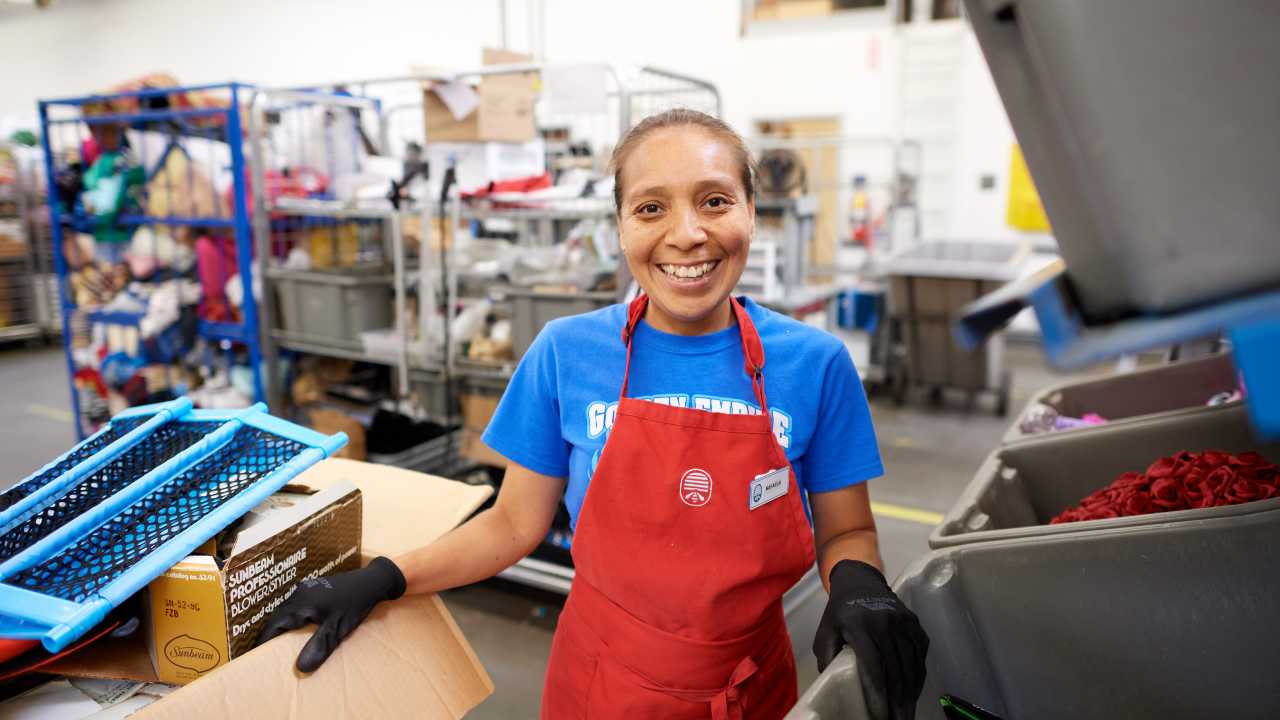
When Deseret Industries was established in 1938, one of its guiding principles was to reduce waste by keeping items in use for as long as possible. Over the years, DI has remained committed to this goal, establishing processes to ensure as many items stay in use (and out of landfills) as possible.
Why Does Waste Reduction Matter?
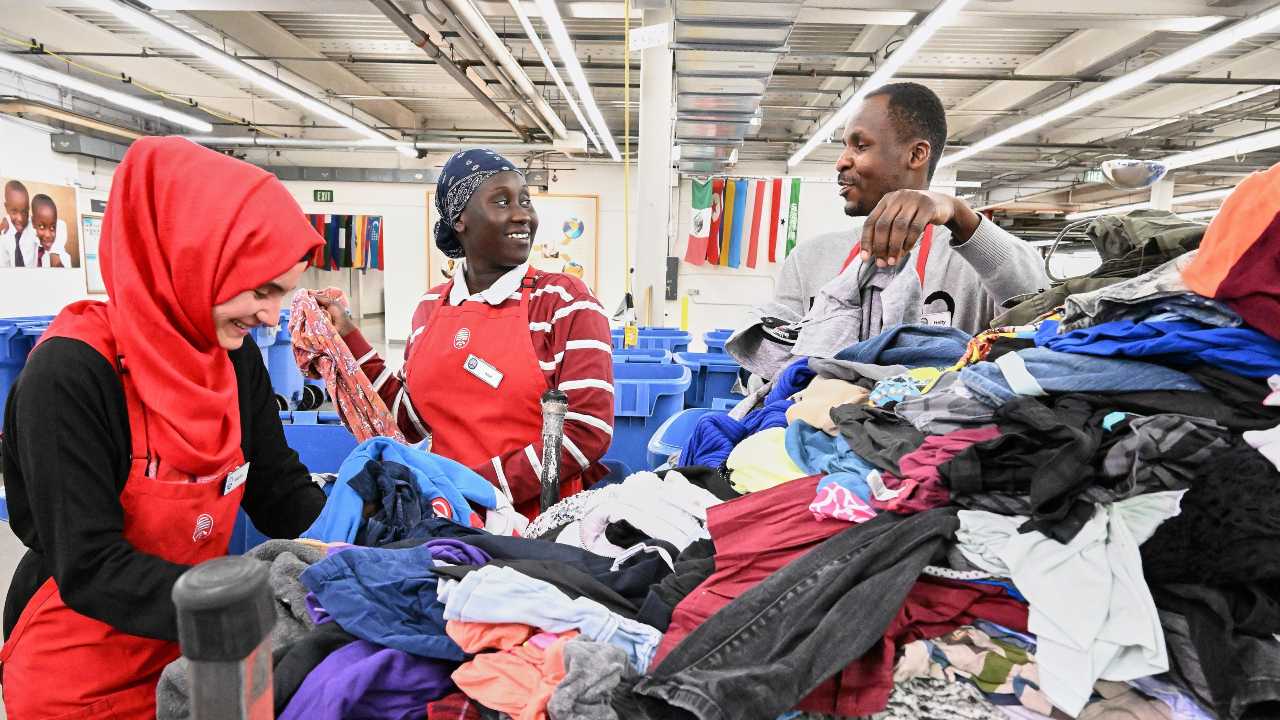
At DI, we believe in being responsible stewards of the earth. L. Todd Budge, Second Counselor of the Presiding Bishopric of The Church of Jesus Christ of Latter-day Saints (which oversees DI operations), has said, “We have an obligation, to be good stewards, to pass to future generations an earth better than we found it through the habits and values of wise stewardship.”1
Reducing waste has never been more vital than it is today. The number of items that end up in landfills each year has grown exponentially since 1938, with an estimated 11.3 million tons of clothing added to landfills in the United States each year.2 On top of that, there are millions of tons of furniture, appliances, and other goods that wind up thrown out when they could have been reused.
Deseret Industries' Approach to Waste Reduction

At Deseret Industries, we aim to reduce use of resources as much as possible. One way we do this is through our range of new items, made at Deseret Manufacturing. The tables, chairs, bed frames, and dressers produced through DI are designed and built to last—thereby reducing the number of items that need to be produced because these items can remain in use longer than fast furniture alternatives.
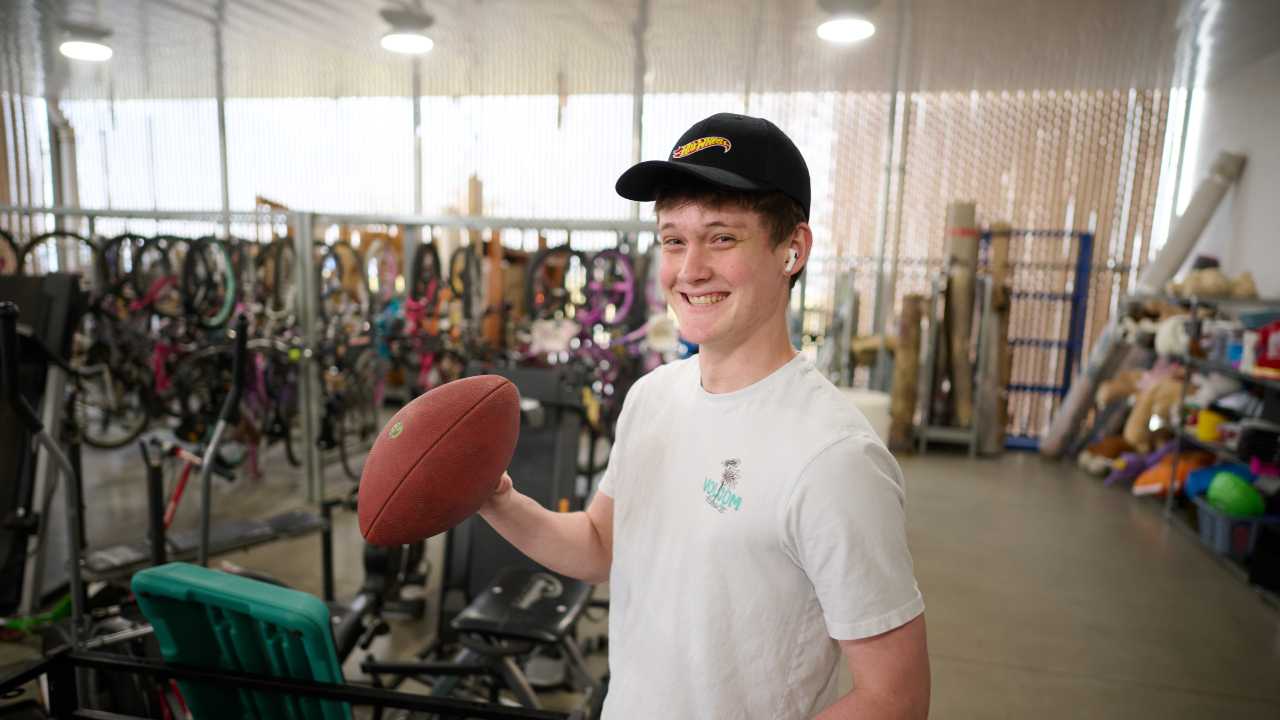
Through item donations, DI is also able to help people reuse items as much as possible. Donations made at your local DI store help to keep items in circulation as long as possible, giving new life to usable goods instead of throwing them away.
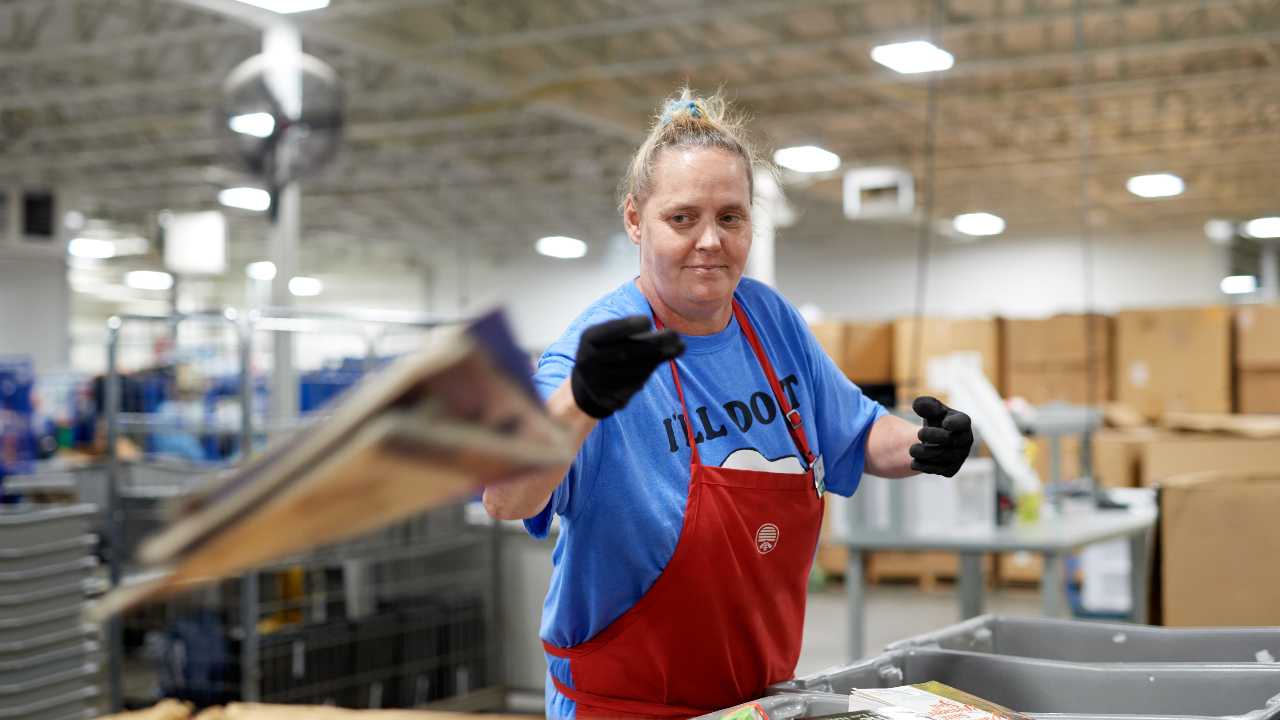
Recycling has also been a part of DI from early on in our history. In the early days of DI, for example, wool sweaters were recycled into rugs. Today, DI’s operating practices aims to keep as many items as possible out of landfills, with 73 million tons of recycled goods processed in 2022 alone.
Making a Difference
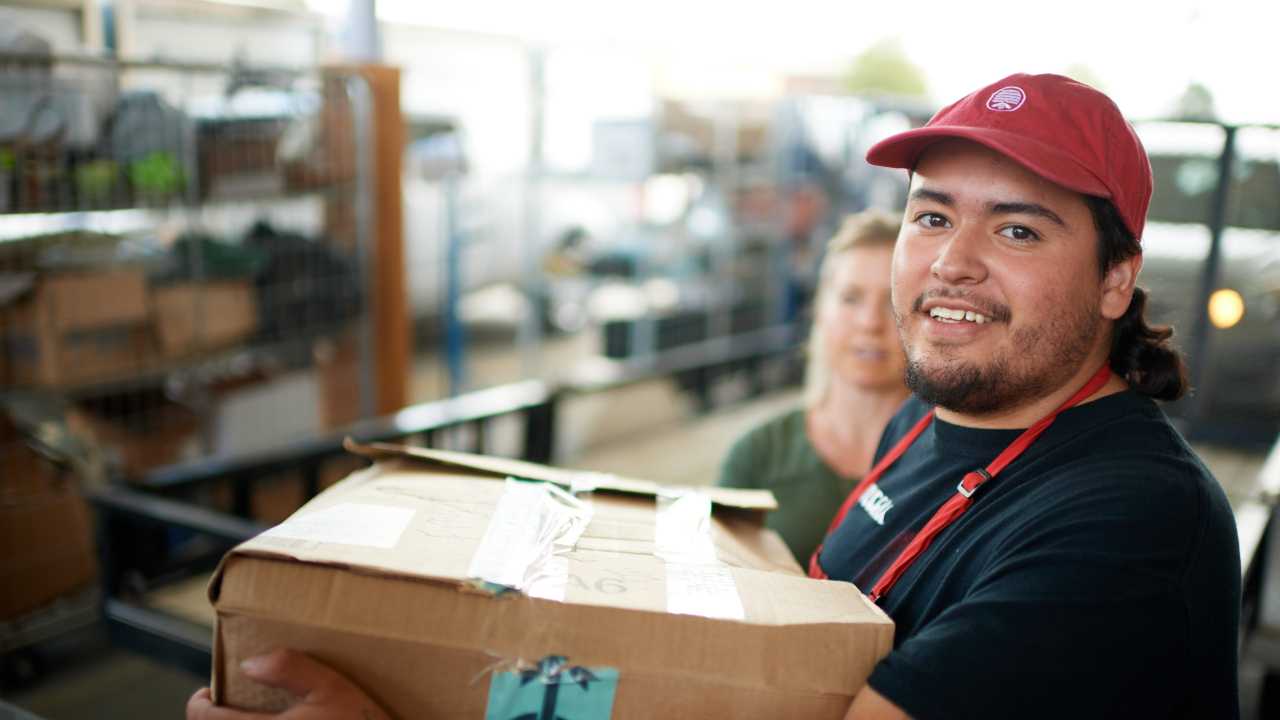
When you shop and make donations at DI, you are helping to make a positive difference by keeping usable items out of landfills. What’s more, you are also helping to fund job training for individuals with barriers to employment. These actions make a positive difference in your community. Thank you for your continued support in these efforts!
Sources
- L. Todd Budge, “The Divine Gift of Creation: Our Sacred Duty to Care for the Earth,” (2022).
- Boston Consulting Group, “Opportunity or Threat? Metaverse & Sustainability in Fashion,” 13.



